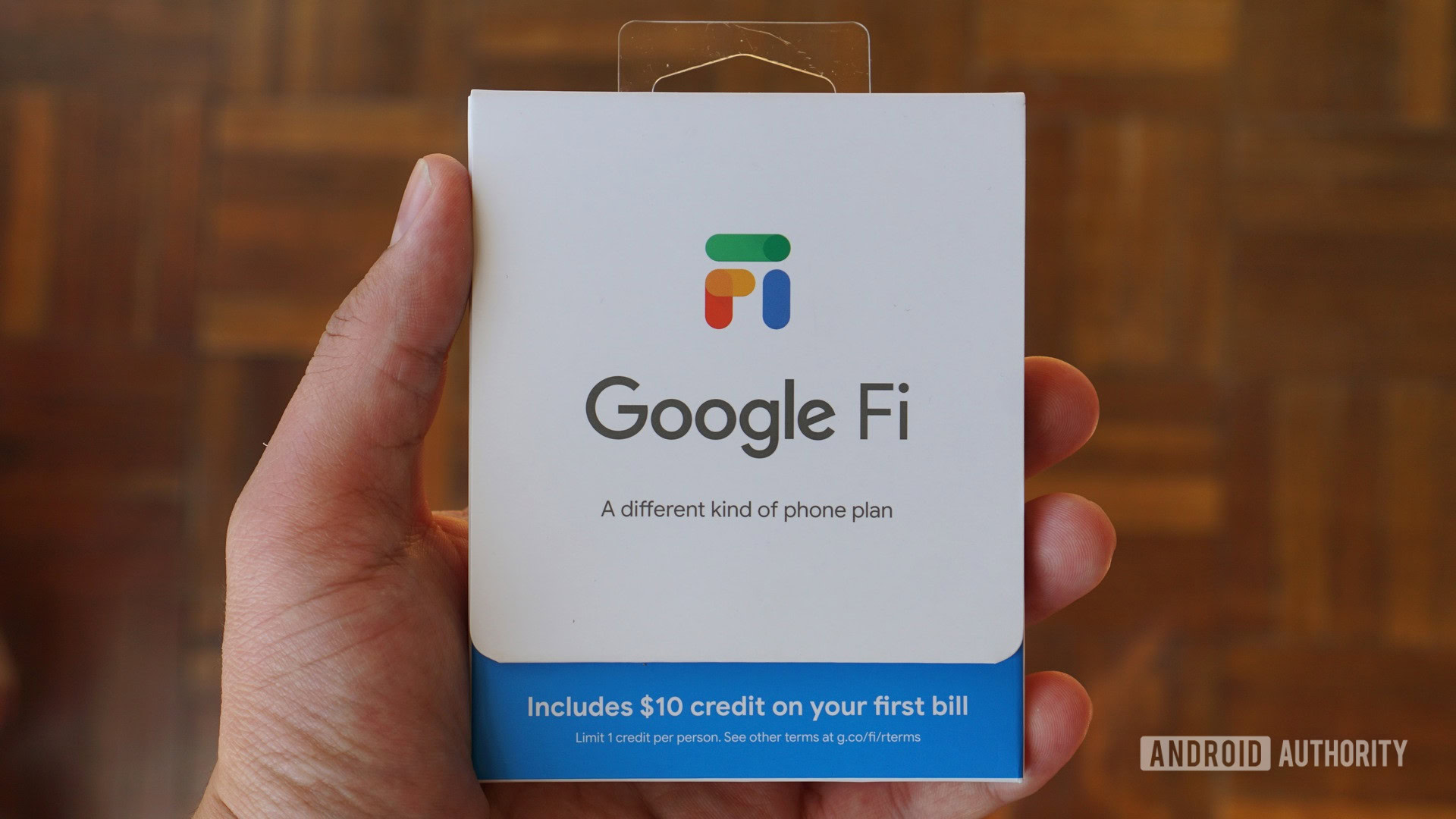Affiliate links on Android Authority may earn us a commission. Learn more.
What is an MVNO? Definitions, options, and more
Published onApril 19, 2023

The mobile carrier market is more than saturated with options right now. However, not all of those carriers are created equal. There’s the obvious big three in Verizon, AT&T, and T-Mobile, but they’re just a fraction of the US-based options. Other prepaid carriers like Mint Mobile, Visible, and US Mobile are considered MVNOs, but what is an MVNO exactly? We’ll break down the definition of an MVNO, some pros and cons, and finally, what your best options are if you’re tired of the giant carriers.
What is an MVNO?
Let’s start with the basics — the abbreviation MVNO stands for Mobile Virtual Network Operator. Essentially, it’s a fancy way to describe a small carrier that pays one of the big three to provide service. For example, Mint Mobile operates on T-Mobile’s network, so the smaller carrier pays a wholesale rate and passes the service on to you.
In the example above, T-Mobile can be considered a host operator because it supports the smaller carrier. Host operators highlight the idea that MVNOs can take on a variety of structures. Some, like Mint, are independent companies, while others are owned by their host operator. Verizon is behind Visible, T-Mobile is behind Metro, and AT&T is behind Cricket Wireless, to name a few.
These examples also highlight that many MVNOs rely on a single network for service, but a few special cases bring multiple carriers into the mix. Take Google Fi — it regularly switches between T-Mobile and UScellular for the strongest signal available.
What are the pros and cons of an MVNO?
It’s not too hard to grasp the basics of MVNOs, but definitions and networks don’t tell the whole story. Some perks come with smaller carriers, but there are also drawbacks that you must consider.
Starting with the positives, MVNOs often cost less than the big three networks and target a no-contract, prepaid market. That makes switching carriers and grabbing the best prices available easier than ever. Some carriers offer special plans that reduce costs the longer you stick with them — so the freedom to choose is a valuable incentive.
Unfortunately, MVNOs piggybacking on other networks can also be the main problem. They’re beneficial in terms of cost, but when the host operator is under stress, the MVNO may suffer. T-Mobile’s first obligation is to direct customers, so you might find yourself deprioritized until the load lightens.
You might also find that you don’t get quite as much nationwide coverage on an MVNO. This is because not all carriers are subject to the same roaming agreements, so your signal may cut out where another option would rely on roaming instead.
What are your best options?
It’s time to dig in and check out some plans and deals. Luckily, we’ve already done much of the research and compiled information for a few of our favorite MVNOs. These are far from your only options, but they’re some that we find to offer the best plans and prices.
Mint Mobile

We’re big fans of Mint Mobile for a few reasons — first, it operates on T-Mobile’s network, which is now even stronger thanks to the Sprint merger. You can give Mint a shot for three months at just $15 per month and walk away if it’s not for you. Ryan Reynolds even owns mint Mobile, and how many other carriers can say that a superhero owns them?
Google Fi

Like we mentioned above, Google Fi blends multiple networks to give you the best coverage. Of course, Fi supports the most features on Google’s Pixel devices, but you can bring just about any device to the carrier without much trouble. You’ll also get cell coverage in 170 countries with Google Fi, and plans start at just $20 per month for the first line without data. Google Fi has two unlimited plans you can try too, and that starts at $60 per month for one line without international access. If you want unlimited international texts and data, you’ll have to jump to $70 per month.
Google Fi buyer’s guide: Pricing, plans, and more | The best Google Fi phones to get
US Mobile

US Mobile is a go-to MVNO if you value customization and flexibility above all else. You can build your plan from scratch, and US Mobile even lets you pause service for a month if you’re headed abroad. Plans start at just $4 per month, and you can go all the way to an unlimited plan with no speed limit for just $50 per month. US Mobile even has hotspot options, and you choose between Verizon for the largest LTE network or T-Mobile for the best device compatibility.
Visible

There aren’t too many choices to make with Visible, but sometimes simplicity is bliss. There’s just one plan, and it costs $40 per month for unlimited everything — talk, text, and data. Visible supports many of the latest Verizon devices, so you’re hardly starved for your choice. You can also enroll in Party Pay, which can slash your price to just $25 per month if you partner up with three other friends. Our own Andrew Grush even gave Visible a try, and you can read about his experiences here.
Visible buyer’s guide — A truly unlimited data plan, with a small catch